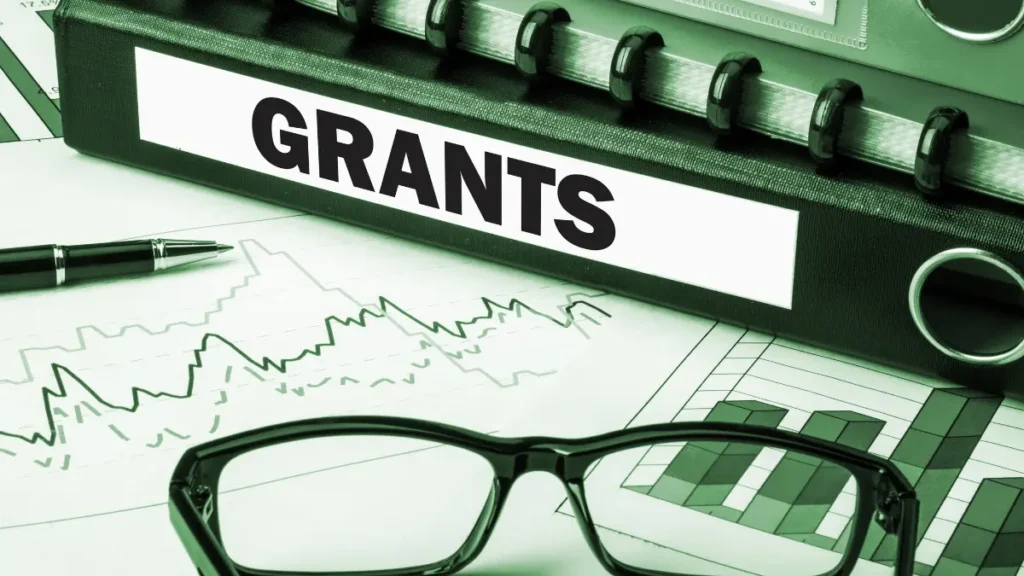It’s 11 PM on a Monday night in Lagos. The grant deadline is in one hour. Your proposal is perfect, the budget is finalized, and you’re ready to submit. You log into the funder’s online portal, paste your perfectly crafted needs statement into a text box, and a red error message appears: “Character limit exceeded.” Panic sets in.
This scenario is a nightmare all too familiar to grant writers. In 2025, virtually all major grant applications are submitted through online portals. These platforms are designed to streamline the process for funders, but for applicants, they can be a minefield of technical glitches, confusing interfaces, and last-minute frustrations. Successfully Navigating Grant Portals is no longer just an administrative task; it is a critical skill that can make or break your funding success.
This guide provides five essential, field-tested tips to help you conquer any portal and ensure your brilliant proposal gets submitted smoothly and stress-free.
The Portal is Part of the Test
Before we dive into the tips, understand this: the portal itself is part of the application process. It tests your ability to follow instructions, your attention to detail, and your time management. A smooth submission signals to the funder that you are a competent and organized potential partner.
5 Essential Tips for Navigating Grant Portals Like a Pro
1. The Pre-Flight Checklist (Register and Explore Early)
The single biggest mistake NGOs make is waiting until the last minute to engage with the portal. As soon as you decide to apply for a grant—weeks before the deadline, not days—do the following:
- Register an account immediately: Don’t wait. Create your organization’s profile and save the login details securely.
- Do a full click-through: Go through every single section of the application form without filling it in.
- Note every requirement: Make a checklist of every field’s character limit (not word count!), every required attachment, and the specific file formats and sizes allowed.
2. Write Offline, Paste Online
Never, ever write your proposal directly into the portal’s text boxes. A browser crash, a power outage, or an internet glitch could wipe out hours of work.
- Draft everything in a Word document: This allows for proper spelling/grammar checks, collaboration with your team, and easy editing.
- Use a plain text editor: Before pasting into the portal, copy your text from Word into a plain text editor (like Notepad on Windows or TextEdit on Mac). This strips away hidden formatting that can cause errors in the portal.
3. Respect the Character Count (Not the Word Count)
This is the most common pitfall. A portal doesn’t care about your word count; it cares about characters (letters, spaces, and punctuation).
- Use an online character counter tool to check the length of your text for each section before you try to paste it.
- Write your offline drafts with these character limits in mind to avoid painful, last-minute cuts.
4. The Attachment Sanity Check
Managing your attachments is crucial for a smooth submission.
- Create a dedicated folder: On your computer, create one folder for this specific application.
- Convert to PDF: Unless otherwise specified, always convert your documents (budget, staff bios, registration certificate) to PDF. It’s a universal format that preserves your layout.
- Check file sizes: Many portals have a small upload limit (e.g., 2MB). Use an online tool to compress your PDFs if they are too large.
- Use clear file names: Name your files exactly as the funder requests (e.g., “Budget_YourNGOName.pdf”).
From Portal Pain to Proposal Pipeline
Mastering the art of Navigating Grant Portals is the final, crucial step in the grant application process. But it’s a wasted skill if you don’t have high-quality, well-aligned opportunities to apply for in the first place. That’s where the first step of the journey begins. At grantsdatabase.org, we do the heavy lifting of identifying legitimate grant opportunities, giving you the time to focus on what matters: preparing a winning proposal and navigating its submission with confidence. Our resources can also help you prepare the content that will eventually go into these portals.
5. The “Submit Early” Golden Rule
Submit your application at least 24 to 48 hours before the deadline. This is non-negotiable.
- It gives you a buffer to deal with unexpected technical problems, whether it’s a slow internet connection or a bug on the funder’s site.
- It saves you from the immense stress of a last-minute rush.
- If you do encounter a persistent error, it gives you time to contact the funder’s technical support. (As a last resort, simple steps like clearing your browser’s cache can sometimes help. Reputable tech sites offer easy guides on how to do this.)
Conclusion
A grant portal is just a tool—a gate you must pass through to deliver your message. By treating it with the same seriousness and preparation as you do your proposal content, you can eliminate stress and ensure your hard work gets the consideration it deserves. Prepare early, write offline, check your attachments, and submit ahead of time. By following these steps, you can turn a source of anxiety into a smooth, professional, and successful part of your fundraising strategy.
